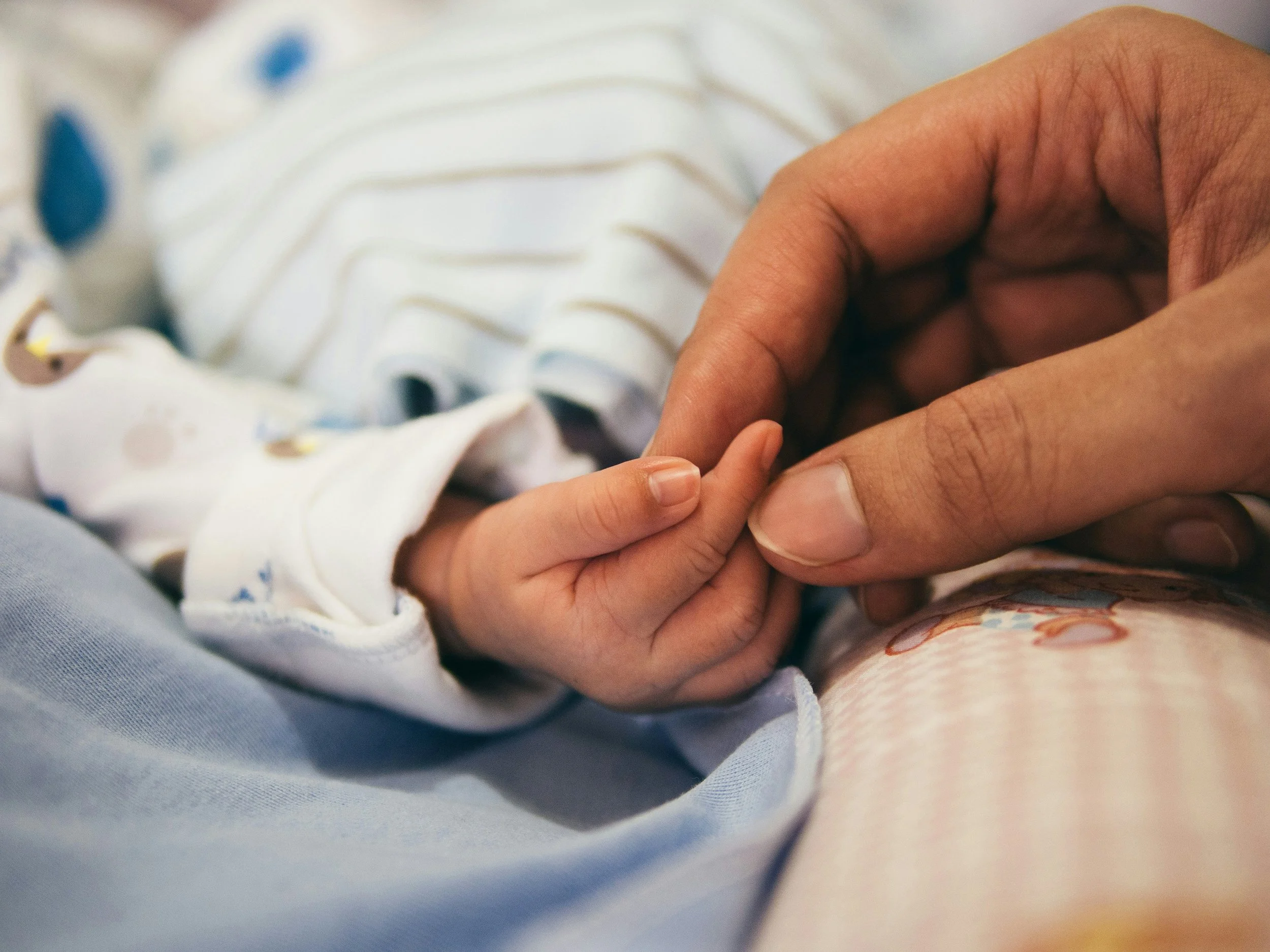From Competition to Collaboration: A New Mindset for Philanthropy
Nearly a decade ago, two ambitious longitudinal birth studies—Origins WA and Gen Vic—sought funding from an organisation I (led giving decisions for). At the time, we were all steeped in a philanthropy landscape that forced choices rather than connections. Traditionally, funders reviewing two similar proposals would ask: "Why should we support both?" - and many on our Board did ask just this. The unspoken assumption being that only one study was needed and our role was to assess them to determine which the "best value" was. But this time, something different happened. A medical professional we had contracted to do the due diligence on these two projects articulated the unique value each study offered. Instead of forcing an either/or choice, we made the decision (supported by our Board) to offer support to both projects and - crucially - introduced them to each other.
Photo by Aditya Romansa on Unsplash
For decades, philanthropy has inadvertently cultivated a culture of competition rather than collaboration, then puzzled over why organisations work in isolation. Common questions faced by funding applicants were "How are you different from similar organisations?" and "What makes your approach unique?". Implicitly setting up a competitive dynamic and inadvertently training organisations to compete rather than cooperate.
One stubborn barrier to shifting this mindset in philanthropy is the myth of efficiency — the idea that funding similar services represents wasteful duplication.
“This mindset misunderstands how complex social issues actually get solved. Cracking wicked problems requires multiple approaches and perspectives. It demands a constellation of organisations testing different solutions and addressing various aspects of the challenge.”
No single intervention can address the entirety of issues like intergenerational poverty, climate change, or public health crises. Furthermore, the solutions to these issues are specific to people and place, so why would we imagine a singular organisation could do it all?
In order to try and break out of this paradigm, we began asking grantees different sorts of questions — "What's your part in the puzzle?" "How do you fit in the broader mission?" "Who do you work with?". To begin with, many applicants struggled to understand what was being asked. They knew what it took to secure funding, and that meant competing.
We realised that there were other barriers to collaboration too. For-purpose organisations weren't funded to collaborate. A narrow focus on programmatic giving failed to account for the time and resources it took to build relationships, trust, and understanding.
The conditions to establish such meaningful partnerships were also lacking. Recognising that organisations across different sectors often face similar organisational development challenges, my team and I worked to create spaces for cross-sector learning.
“We brought grantees together, not to collaborate on content areas but to share stories and learnings about organisational growth. The results were illuminating. Participants experienced “light bulb moments” as they discovered shared challenges across vastly different sectors. ”
These gatherings built relationships and trust — the essential foundations for future collaboration. We formed an Action Learning Set from one of these events, that continues meeting today, self-funding their gatherings because they find such value in the exchange.
When I reflect on this personally, it is obvious to me that the best collaborative work I’ve done has relied on the friendships and "professional friends"— those allies and confidants with whom I’ve built enough trust to take risks.
Photo by Mitchell Luo on Unsplash
Over the last 25 years, we've called on each other to help bring new ideas to life, or tackle gaps we see in the system, often working around our day jobs to get the things that need doing done. Our existing relationships have enabled us to accomplish what would be impossible alone - allowing us to leverage diverse skills, experiences, and resources while taking up complementary roles that shift from project to project. These friendships have been the bedrock for collaboration that drives positive outcomes
And what of our birth studies? Originally operating independently, Origins WA and Gen Vic began sharing resources, staff, knowledge, and expertise.
“Eight years later, they’re collaborating in ways that we couldn’t have imagined, and couldn’t have mandated. Instead, they told us they felt like they had been given permission not to compete, and this enabled trust and relationship-building between the projects, to the benefit of all. ”
Co-Director of Origins, Desiree Silva agreed, “Funding multiple cohorts in different areas enables much better access and more powerful research, especially when both cohorts are harmonised and have a common goal to improve child health across Australia."
As we face increasingly complex social challenges, this shift from competition to collaboration isn't just nice to have—it's essential. By fostering ecosystems of organisations working together, we can tackle problems that have proven resistant to isolated interventions. The most powerful collaborations can't be mandated from above. But with intentional cultivation of the right conditions, funders can help nurture partnerships that accomplish what no single organisation could achieve alone.


